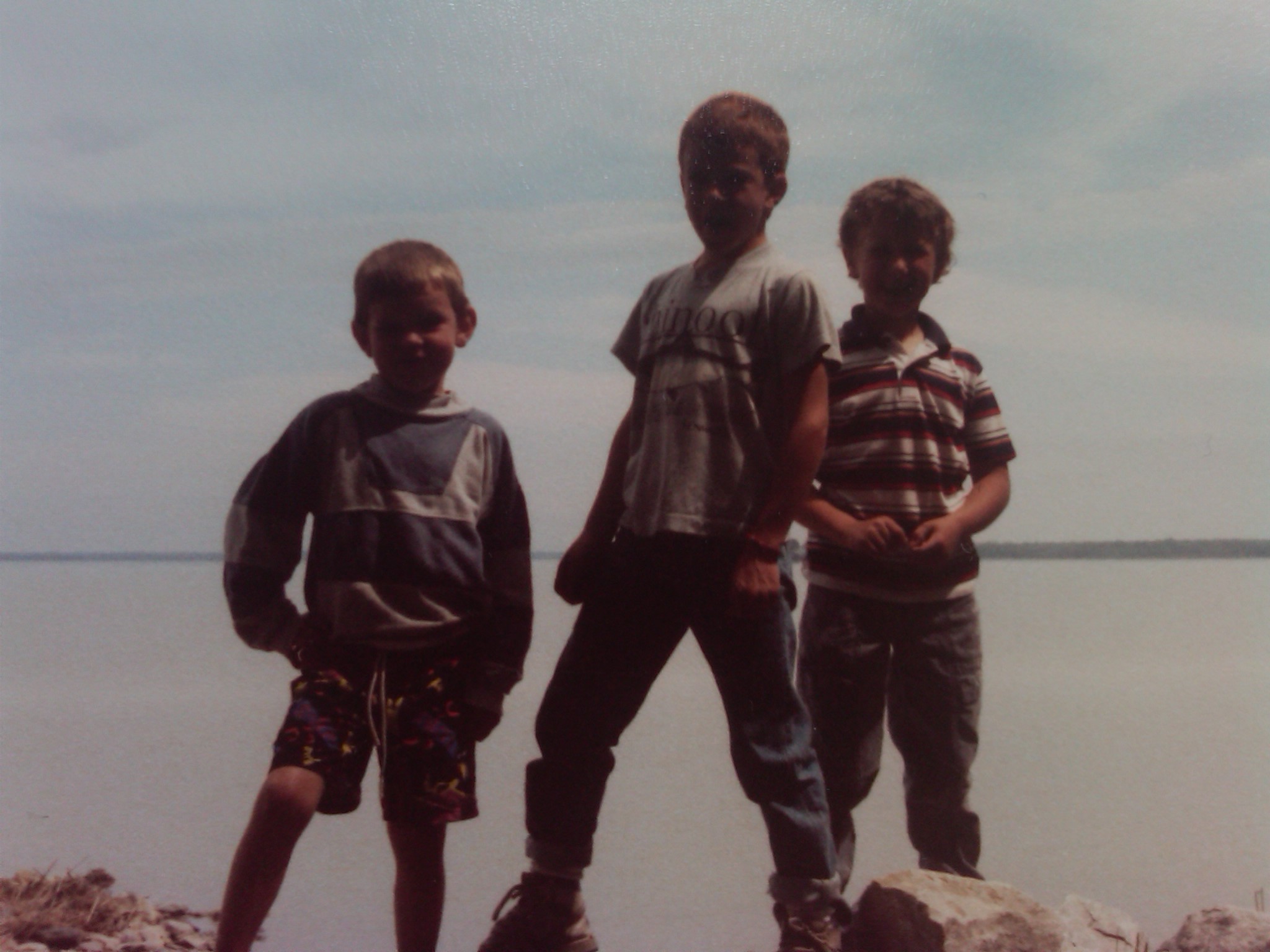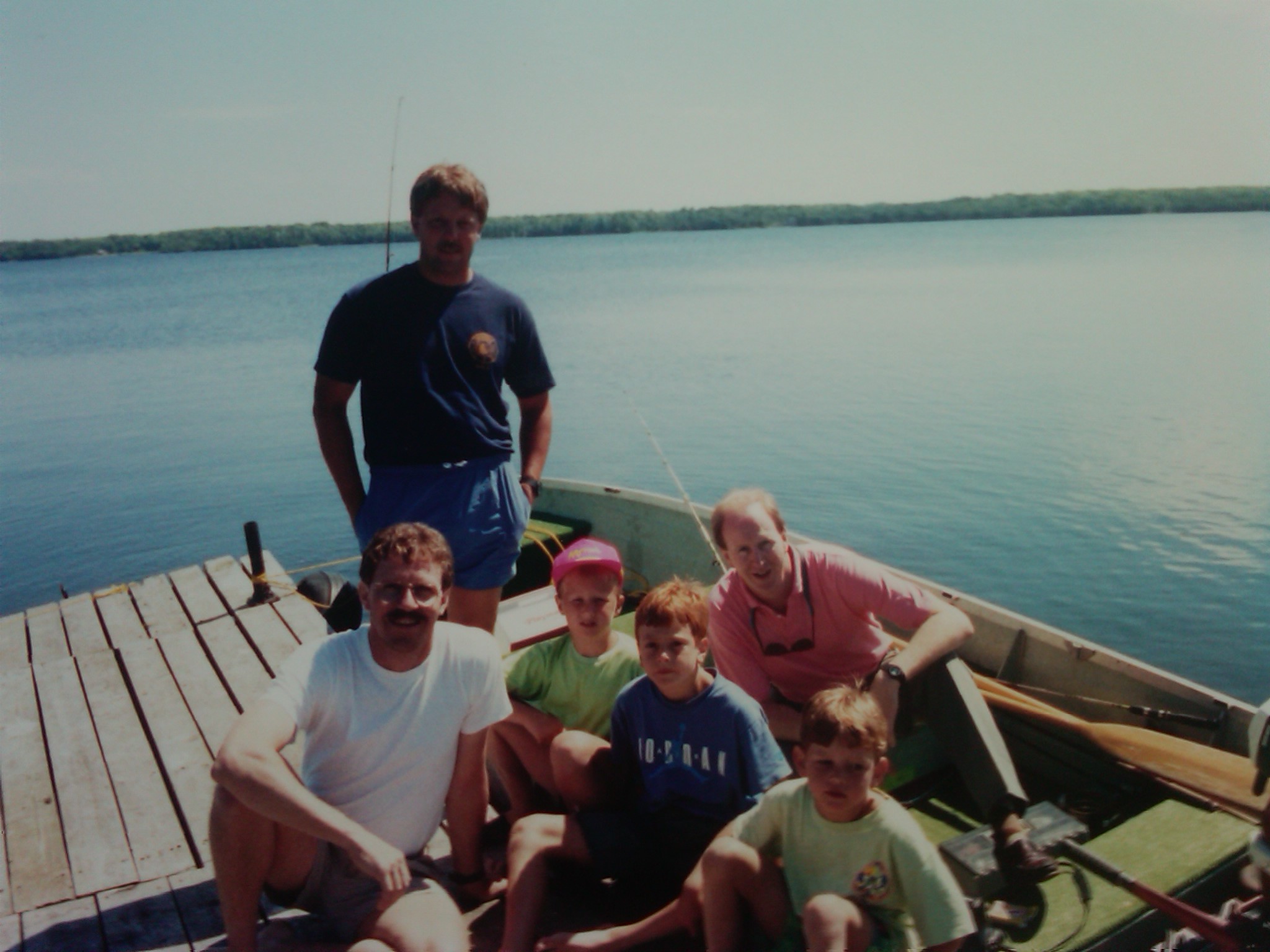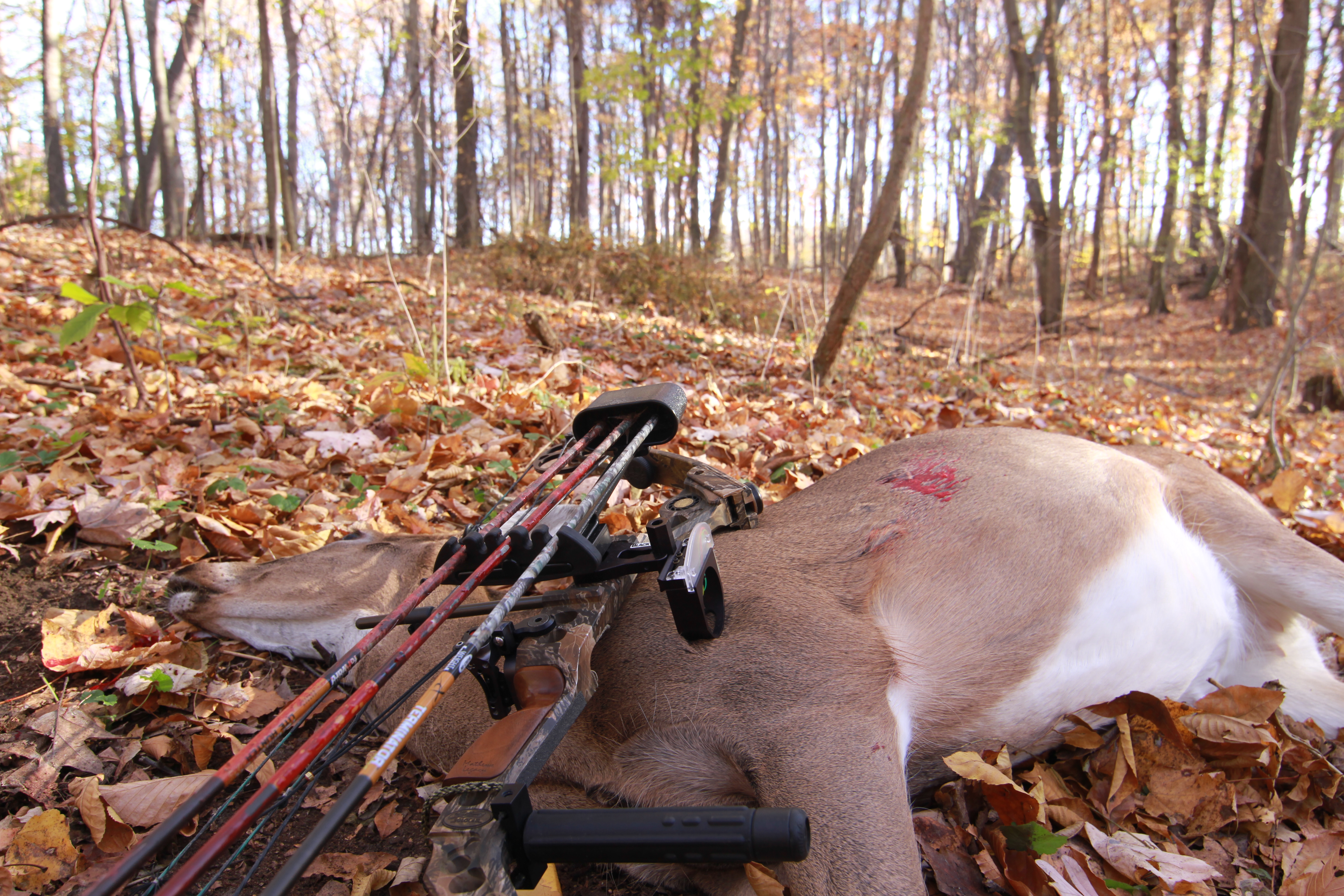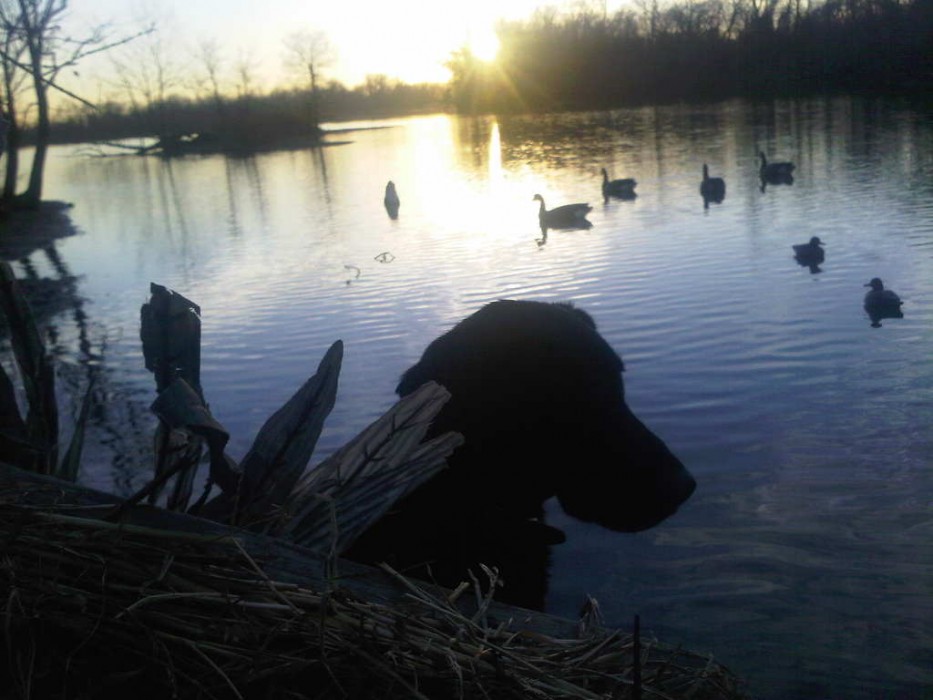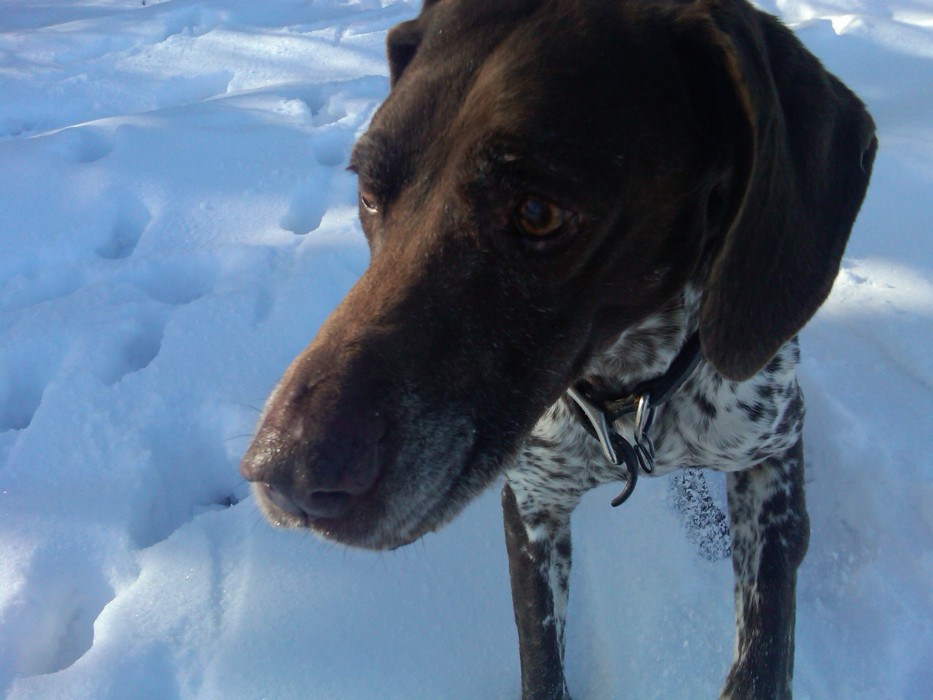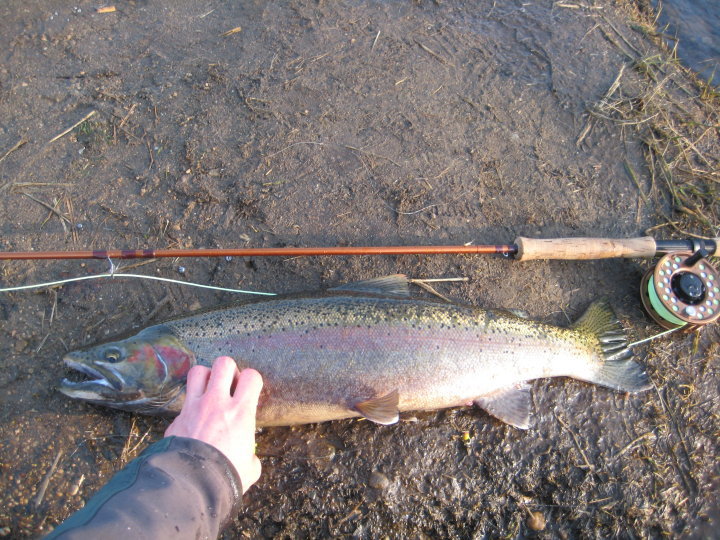
A Beautiful Spring Steelhead Caught By Opie
Well it’s just after lunch on a beautiful March Friday. It is almost 40 degrees, the sun is shining, the birds are chirping and I’m getting ready to take off and head up north with PT for two days on the river chasing spring Steelhead. It’s been a long week and I couldn’t be more ready to bask in some warm sunlight while floating down the river and just enjoy the serenity of the moment. Below is a short post that PT wrote the other day that I think everyone will enjoy. Spring is just around the corner!
Tight Lines,
Opie
Surprises While Spring Steelheading
I am sitting down to tie some more size 10 stoneflies. I don’t want to, there are already 20 of them in my fly box, but I have to do something to take my mind off the fact that I am not fishing right now. The sun is shinning, very little wind and it is supposed to get warmer and warmer as the day goes on. It is perfect steelhead fishing weather…. but since I cannot fish today I will continue to get my gear ready to go and make sure everything is perfect.
As I was getting my gear around I was thinking about the first couple times that I went steelheading. I was under prepared and not at all conscience of the situations I would encounter. I remember a spring trip a few years ago with a good buddy of mine. We were going on a guided trip on the Pere Marquette river and I could not have been more excited. Rumor had it that there was a ton of fish in the system and we were going to have a great day. We launched the boat about 8am, the sun was shinning and the temp was on its way to forty degrees. We had on a lot of layers but left some of our warmer gear in the truck because it didn’t look like we would need it. About halfway through the trip it started to blow and spit rain but we were hooking fish and having a blast so we just zipped out coats up and kept fishing. We were set up on a good run and fishing from the boat because standing in forty degree water even with good gear on isn’t much fun. My buddy, or should I say lucky ass buddy kept hooking up fish, it was almost every cast. He tried to stay in the boat for the first one and it quickly schooled him, the second one he got out of the boat and headed down river with it but after a short battle it was off. When he hooked the third one in as many casts I was pissed, I didn’t even look up as he got out of the boat and headed down river. I did however look up when I heard a very loud “crack” thinking that he had broken his rod and therefore I would have something to smile about. But I couldn’t see him, all I could see was his rod sticking out of the water, then his head emerged and he stood up, the sound was his rod slapping the water and he went under. Somehow he had managed to keep the fish on, like I said “lucky ass”, and he landed a wonderful 8 pound male steelhead. The celebration was short, remember water temp 40 degrees, air temp around 35 degrees, wind blowing 15 mph and we were 3 hours from the truck, and my buddy was soaked from head to toe, every piece of clothing was wet. Lucky for him the guide had an extra jacket and hat, and he spent the rest of the float hunkered down in front of the heater trying to stay warm. He was lucky, it could have been a lot worse and we were both thankful that there was an extra jacket or it would have been a very serious situation.
Most people think fishing is safe, fun and relaxing, and most of the time it is. However, spring steelheading can be scary and dangerous as well. The fish will wait until the rivers are swollen to start pushing up stream, this means that some rivers can and will be flowing at twice the normal flow, it can be warm or freezing cold, sunny or cloudy and your gear and mindset will make or break your trip.
Be prepared to be cold and uncomfortable and be surprised if the weather is better then expected and when it is at all possible fish with a buddy.
Be safe out there this steelhead season.
PT


